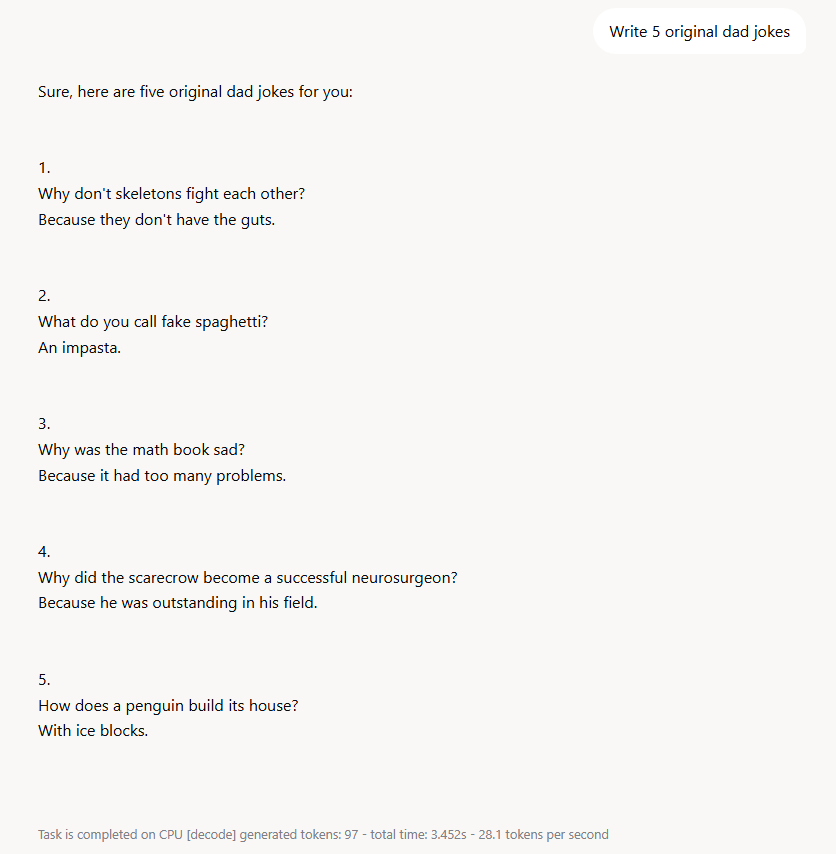
Ukraine is fielding carrier drones or motherships to transport FPVs to the target area before launching them.
Russian forces reported these as far back as November 2023, and last month Russian news agency TASS stated that Ukraine was carrying out FPV attacks 25 miles or more behind the lines in seven regions, suggesting that use is becoming widespread.The commander of the Typhoon drone unit of the National Guard of Ukraine, who goes by the callsign Michael, told me that carrier operations still very much under development.Its a combination of using existing technologies and continuously refining them based on operational feedback, says Michael.
Its about optimizing what we already have while layering in new enhancements where needed.FPV drone on fixed wing aircraft type mothership UNITED24Flying Aircraft CarriersThere are parallels with the learning curve on traditional floating aircraft carriers.
The Chinese Navy officially commissioned its first aircraft carrier, the Liaoning, in 2012.
It took four years of trials and training and a number of accidents before the was declared combat ready.
The Chinese already had a navy and an air force, but flying aircraft from ships required a whole new skill set for both.
New military operations take practice to perfect, and learning under field conditions is harder.While a single FPV strike may be simple, a carrier with one or more FPVs is more complex and involved more people and hardware.
The carrier remains in the area to act as a flying radio relay for the FPV and Michael says they would not fly a reusable carrier drone against a low value target.If something goes wrong, we risk losing not just the FPV, but the entire system, says MichaelUkraine has displayed drone carriers include both fixed wing and multi-rotor types, carrying one, two, four or six FPVs.
More might look better, but it brings complications.If were using analog video transmission, for example, each drone must operate on a different frequency to avoid signal interference, says Michael, Managing multiple video feeds, control links, and power systems adds significant complexity, especially under field conditions.
It requires precise coordination and a reliable communication infrastructure to ensure everything works smoothly in practice.So the carrier with a single drone supplied to Birds of Magyar may be preferable to something bigger.Multicopter drone carrier with FPV UNITED24The choice between fixed wing or rotary carrier also involves tradeoffs.When it comes to rotary-wing carrier drones, the main disadvantage is their relatively low operational altitude typically around 300400 meters, says Michael.
At this height, they are vulnerable to a wide range of threats including small arms fire, other drones, and electronic warfare such as jamming.Russia routinely flies interceptor drones against Ukrainian multicopter Baba Yaga night bombers, and a rotary drone carrier would be a prime target.Fixed-wing carrier drones, on the other hand, operate at much higher altitudes, says Michael.
This avoid some threats, only to run into others.
At these altitudes, they become more visible to enemy radar and are more likely to be targeted by anti-aircraft systems.Either way, carrier missions must be carefully planned around Russian air defences.In many combat zones, the airspace is protected by a mix of electronic warfare tools and radar systems, says Michael.
Successful use of such systems requires detailed intelligence to identify gaps in enemy air defence coverage.Automating Attack SystemsMichael says his Typhoon unit is starting to focus on one particular attack mode for carriers.From our perspective, the most promising use case at the moment is integrating a lock-on-target feature, which would allow for more autonomous and precise deployment of FPV drones from the carrier platform, says Michael.In this approach the carrier stands off at a safe distance from jammers and the FPVs fly in, lock on and engage well-protected targets.
Michael previously described his units work with automated target lock systems for FPVs.
Once locked on these are immune to jammers and are a limited but useful way of assisting human pilots.Implementing this capability requires additional technical development and system integration, so its still a work in progress, says Michael.There are real benefits in prospect though.
Apart from extending range, carrier drones eliminate problems like radio shadow and shorten the time between detecting a target and engaging it.
They also open up the possibility of multiple coordinated strikes against long-range targets.Meanwhile, interceptor operators arereportedly using drone carriersto get FPVs into action rapidly against high-altitude targets.
A carrier can patrol at altitude and the FPVs are only launched when needed.Simply possessing FPV carriers makes the enemys life more difficult, even if they are rarely used.Even if a mission is not cost-effective in purely tactical terms, the psychological impact of a successful carrier drone strike especially deep behind enemy lines can be significant, says Michael.Source: Forbes

 18
18
















